Unvented vs. Vented
robinson622
16 years ago
Related Stories
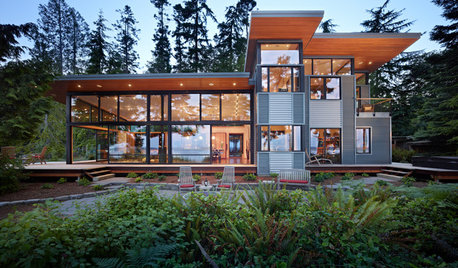
ARCHITECTUREWhat You Must Know About the Sun and Your Home
Learn about the powerful effects of sunlight on house materials and more, and see 7 homes that address the sun's rays beautifully
Full Story
KITCHEN APPLIANCESWhat to Consider When Adding a Range Hood
Get to know the types, styles and why you may want to skip a hood altogether
Full Story
LIVING ROOMSHow to Convert Your Wood-Burning Fireplace
Learn about inserts and other options for switching your fireplace from wood to gas or electric
Full Story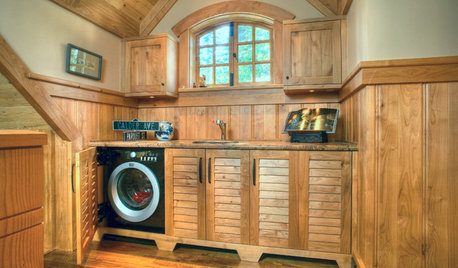
LAUNDRY ROOMSClever Ways to Hide a Laundry Station
When you don’t have a whole room to devote to the wash, use these solutions to tuck the machines out of view
Full Story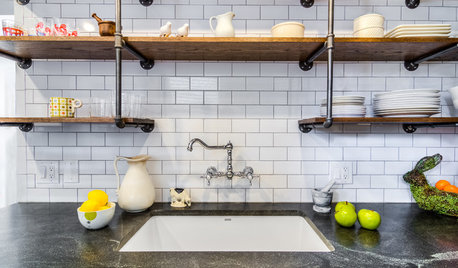
KITCHEN DESIGNNew This Week: 3 Modern Kitchens With Something Special
Looking to make your kitchen feel unique? Look to these spaces for inspiration for tile, style and more
Full Story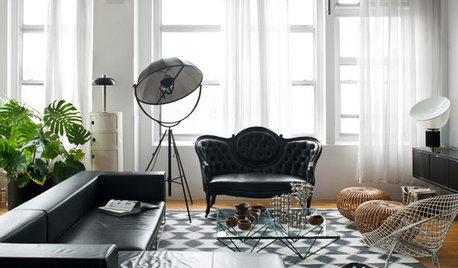
LOFTSHouzz Tour: Lofty Ambitions Fuel a Manhattan Makeover
A bare-bones space becomes a personal, eclectic showcase at the hands of a designer who loves collecting
Full StoryMore Discussions







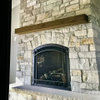
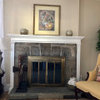
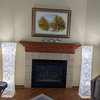
SeattlePioneer
fandlil
Related Professionals
La Habra Interior Designers & Decorators · Mount Sinai Interior Designers & Decorators · Nashville Interior Designers & Decorators · Rosaryville Interior Designers & Decorators · Liberty Township Interior Designers & Decorators · Leon Valley General Contractors · Mansfield General Contractors · Milton General Contractors · Newburgh General Contractors · Norristown General Contractors · Riverside General Contractors · Texas City General Contractors · The Hammocks General Contractors · University Heights General Contractors · West Melbourne General Contractorsgaryg